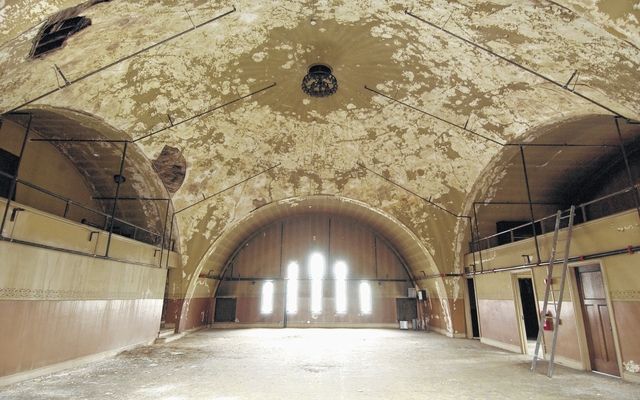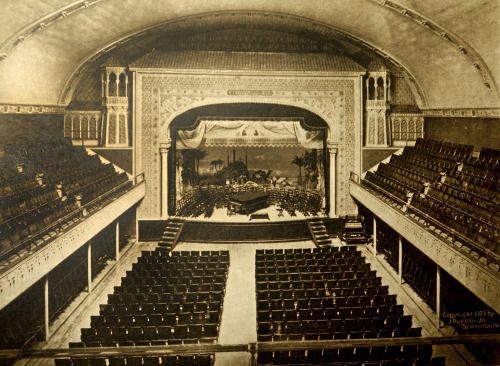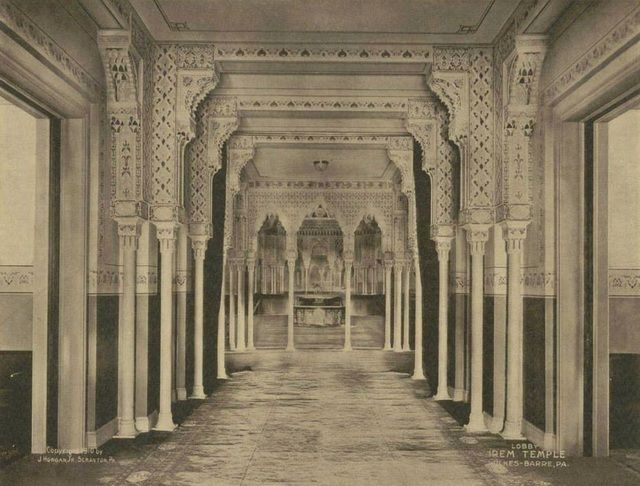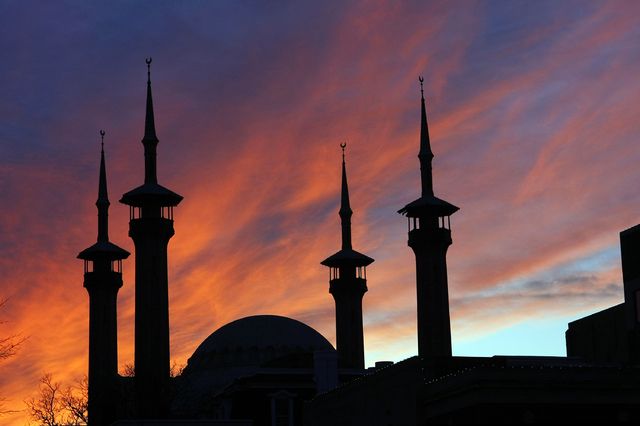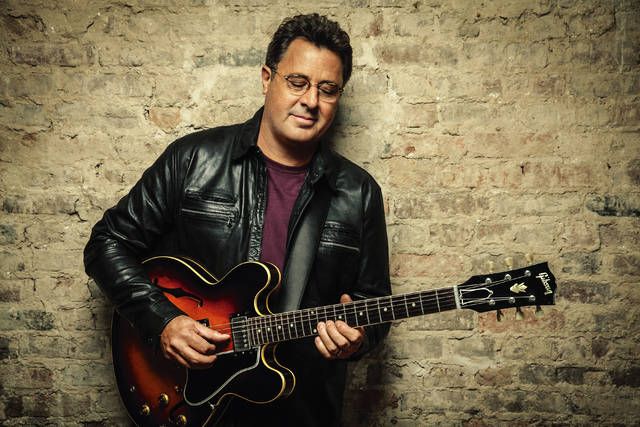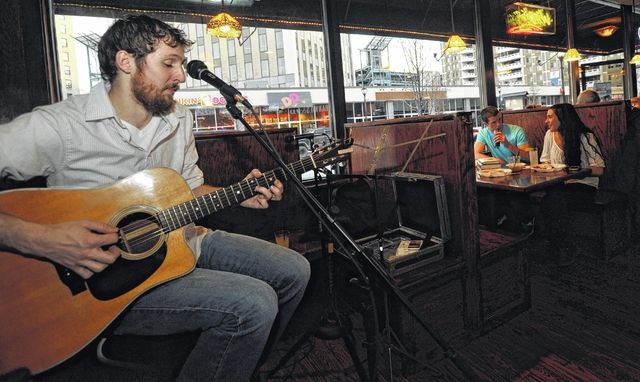Click here to subscribe today or Login.
WILKES-BARRE — As a group of local business people and community leaders works to preserve the architectural treasure commonly referred to as the Irem Temple building on North Franklin Street, conversation is focused on the opportunities a refurbished structure of such grandeur could bring to the downtown area.
But the clues that suggest what the Irem Temple building might be are contained in the structure’s history. Its potential future can be foreshadowed by what it once was, a facility that housed the rituals, social events and entertainment of both Shriners and the surrounding community.
Construction on the building, which has also been referred to as the Irem Mosque, began in 1907. It took $230,000 to build, and its dedication took place in December of 1908.
“An extraordinary amount of money at the time,” said Wilkes-Barre city councilman Tony Brooks.
Brooks is former executive director of the Luzerne County Historical Society and current chairman of the board of the Wilkes-Barre Preservation Society, and he is known for his knowledge of local history.
Brooks said the example of Moorish-style architecture, which is among the buildings in the River Street Historic District, is unlike any other Shrine auditorium in the country.
“It’s a unique gem of all of America, not just Wilkes-Barre,” Brooks said.
Merritt Hughes, of Wilkes-Barre, has been a Shriner since 1967. His father and great uncle both held the position of potentate at Irem, the highest office in any individual chapter (temple) of the fraternity.
Hughes said between the dedication of the Irem Temple building and 1932, the space was used for dances, holiday parties and all manner of ritual and social events for Irem Shriners.
In 1931, the flat floor of the Irem auditorium was replaced with a sloped floor with a fly system and stage, and in 1932, the Irem Temple Building began a new era entertaining the public.
Brooks put the change in the context of the era, in which, he said, Wilkes-Barre had just plateaued after an economic and political ascendancy that lasted from 1875 to 1925.
“It was a different time when people really went out all the time, because you didn’t have television, and you certainly didn’t have the Internet,” Brooks said.
Families who could afford to be entertained were treated to orchestra performances and other concerts as well as theater productions, and the space was used for weddings and graduations.
“Even the synagogues rented it out for the high holy days of Yom Kippur and Rosh Hashanah,” Brooks said.
The auditorium contained seating for 1,375 and banquet seating for 1,480.
Hughes said he remembers a radio show called “Welcome Travelers,” hosted by Tommy Bartlett, being broadcast live form the Irem Temple stage.
“I can remember the Wilkes-Barre F.O.P. (Fraternal Order of Police) having a fundraiser there yearly for the police lodge,” Hughes added.
The 50-year Shriner said the space was conducive to a variety of attractions and events.
“There were a number of stage shows,” he said. “Touring companies liked to come there, because they had dressing rooms. They had props. You could get transported to a lot of different places.”
In addition, he said, one of two Shrine ceremonials was held at the Irem Temple Building yearly.
“It was a really good community facility,” Hughes said.
Owner of Joe Nardone’s Gallery of Sound Joe Nardone Sr. has booked various forms of entertainment at several local venues including the Irem Temple auditorium where he booked such performances as “Man of La Mancha,” Ricky Nelson and The Lettermen.
“It was a pleasure to do shows there, because of the extremely huge stage,” Nardone Sr. said. “You were able to do major productions. The sound in there was really good. It was a great building to do shows in.”
Nardone Sr.’s son, Joe Nardone Jr. is part of the Irem Temple Restoration Project, along with Brooks. Nardone Jr. said he sees the building as having potential for the future.
“There are offices. There’s a ballroom upstairs, all sorts of opportunities to support the building,” Nardone Jr. said.
The Restoration Project’s intent, Nardone Jr. said, is to revive the flat floor plan in the auditorium, bringing a unique room back to Wilkes-Barre that would be a complement, rather than competition, to the F.M. Kirby Center on Public Square.
“It’s a great piece of architecture,” Nardone Jr. said. “This is a piece of history that it’d be a shame to lose in this situation.”
Brooks echoed that sentiment, saying historic preservation is a necessary means of passing the torch of civilization to future generations.
“We are so fortunate our ancestors built this building,” Brooks said. “Irem Temple makes Wilkes-Barre Wilkes-Barre. It gives us uniqueness unlike any other city in the world.”


